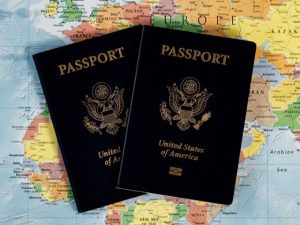Medical tourism may not be a topic that is discussed in great detail among nurses, but its prevalence is not an entirely new occurrence and has been around since ancient times.
The concept involves the idea that people travel to other countries for health-related purposes and the first recorded case involving medical tourism involved Greek pilgrims who traveled from the Mediterranean Sea to a small territory named Epidaurus, which at the time was known as the healing god (Bookman & Bookman, 2007).
In the 1500’s, India provided yoga instruction that involved healing patients around the world. In the 18th and 19th centuries, many Americans and Europeans flocked to health spas in various remote places in the hopes of obtaining relief from their disabling conditions such as cancers, bronchitis, tuberculosis, and liver diseases.
Even though these scenarios took place, it has not been an ongoing phenomenon until close to the 1980’s when people chose to travel for the purpose of receiving medication treatments, such as cosmetic surgeries, dental surgeries, and other complex procedures.
Today, the practice of medical tourism seems to be more prevalent due to patients seeking more affordable healthcare options or other options that are not offered in their home country.









